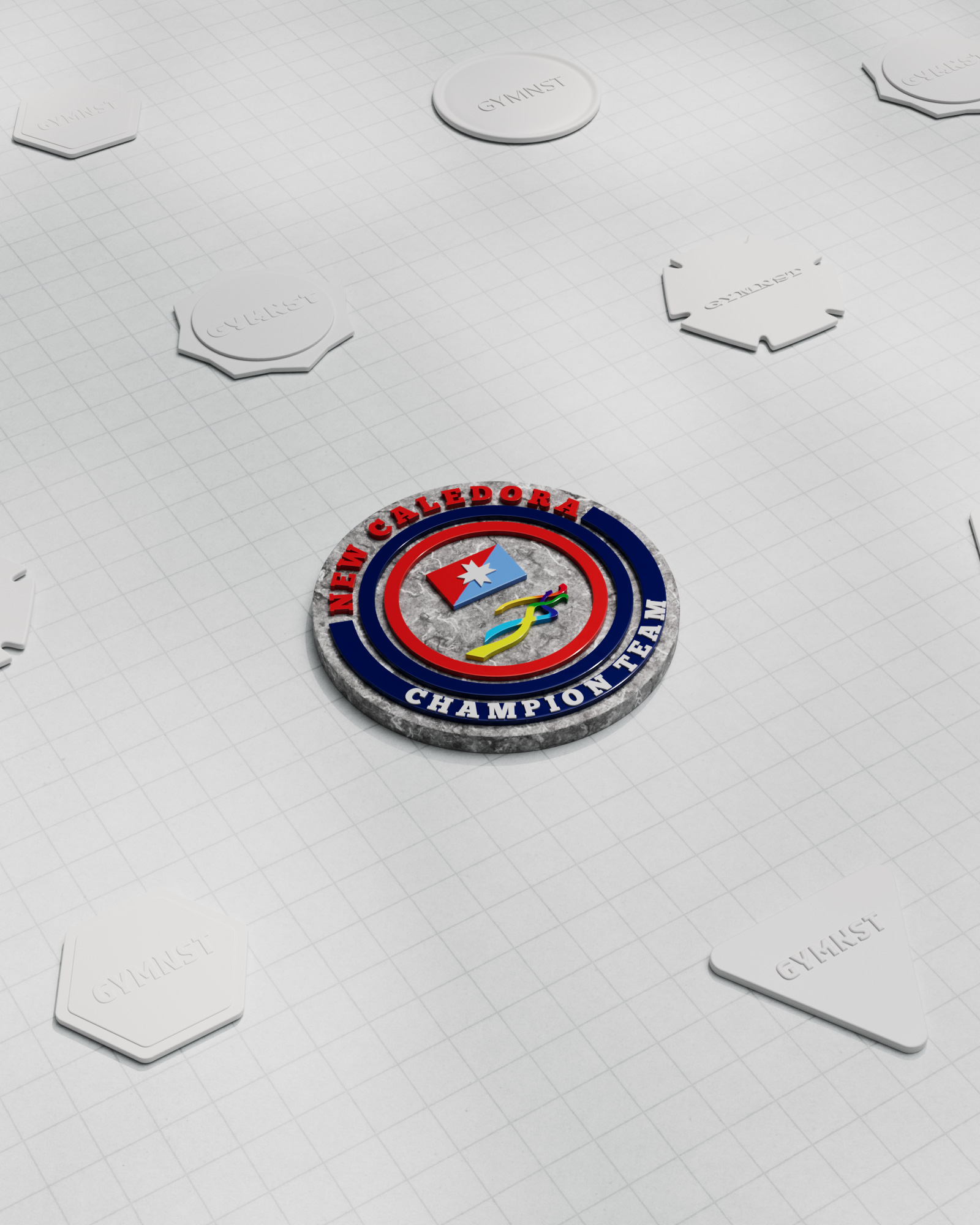
What Is TPU Printing? A Guide to Modern Logo Application Techniques
Discover TPU printing, a modern logo application technique, and how it compares to traditional methods like embroidery.
Introduction
In the world of custom merchandise, logo application techniques have evolved far beyond traditional methods. One of the most exciting advancements is TPU printing—a modern, rubberized 3D logo patch technique that’s gaining traction for its durability and striking visual appeal. For clubs, businesses, and organizations looking to stand out, TPU printing offers a fresh, modern alternative to classic options like embroidery or screen printing.
But what exactly is TPU printing, and how does it compare to traditional techniques? In this guide, we’ll demystify TPU logo printing, explore its benefits, and help you decide when to use it for your merchandise. Plus, we’ll introduce Hutter Products’ 3D configurator, a tool that lets you visualize TPU prints and other options in real time with just a few clicks.
What Is TPU Printing?
TPU (Thermoplastic Polyurethane) printing is a cutting-edge logo application method that creates rubberized, 3D logo patches. These patches are heat-applied to fabric, resulting in a raised, textured design that feels premium and looks modern. Unlike traditional methods, TPU printing allows for intricate details, vibrant colors, and a unique 3D effect that catches the eye.
Key Benefits:
Durable and flexible, perfect for activewear or outdoor gear.
Offers a sleek, modern look with a tactile finish.
Handles complex designs and gradients with ease.
In cities like Berlin and New York, where innovation drives branding, TPU printing is becoming the go-to choice for businesses seeking a contemporary edge.
How Does TPU Printing Compare to Traditional Techniques?
To understand when to use TPU printing, it’s helpful to compare it with two traditional methods: embroidery and screen printing.
TPU Printing vs. Embroidery
Look:
TPU Printing: Smooth, rubberized 3D effect with a modern vibe.
Embroidery: Textured, stitched design with a classic, timeless feel.
Durability:
TPU Printing: Highly durable and flexible, ideal for items that stretch or move.
Embroidery: Long-lasting but can snag or fray over time.
Design Flexibility:
TPU Printing: Handles intricate details, gradients, and small text easily.
Embroidery: Best for simpler designs; struggles with fine details.
Cost:
TPU Printing: Mid-range, cost-effective for complex designs.
Embroidery: Can be pricier for large or detailed logos due to labor.
For example, a sports club in Sydney might choose TPU printing for their jerseys to achieve a sleek, modern look, while a corporate buyer in Chicago might opt for embroidery on polos for a traditional touch.
TPU Printing vs. Screen Printing
Look:
TPU Printing: Raised, 3D effect with a premium feel.
Screen Printing: Flat, printed design that sits on the fabric.
Durability:
TPU Printing: Resistant to cracking and peeling, even after heavy use.
Screen Printing: Prone to fading or cracking over time.
Design Flexibility:
TPU Printing: Excellent for multi-color designs and gradients.
Screen Printing: Limited by the number of colors and layers.
Cost:
TPU Printing: Slightly higher upfront but offers better longevity.
Screen Printing: Cheaper for large runs but may need replacing sooner.
In markets like Tokyo or Los Angeles, where bold, eye-catching designs are key, TPU printing shines for its ability to deliver intricate, durable logos.
When Should You Use TPU Printing?
TPU printing is ideal when you want:
A modern, premium look with a 3D effect.
Durability for items that will be washed or worn frequently.
Flexibility for complex or colorful designs.
A cost-effective solution for small to medium-sized orders.
For instance, a business in Dubai launching a high-end merchandise line might choose TPU printing for its exclusive feel, while a club in Cape Town might use it for durable, vibrant team kits.
Visualize Your Designs with Hutter Products’ 3D Configurator
Choosing the right logo application method doesn’t have to be a guessing game. Hutter Products’ real-time 3D configurator lets you see your logo on products with TPU printing, embroidery, or other methods before you buy. Here’s how it works:
Sign up at Hutter Products.
Upload your logo.
Browse our shop to see your logo on pre-designed products, including Replica and Authentic versions.
Whether you’re in London or São Paulo, you’ll get a near-perfect preview of how your merchandise will look—ready to purchase with just a few clicks. The configurator creates products, including prints, in real time, streamlining the design process for decision-makers.
Conclusion
TPU printing is a modern, versatile logo application technique that offers a unique blend of durability, design flexibility, and premium appeal. Compared to traditional methods like embroidery and screen printing, it stands out for its ability to handle complex designs and deliver a sleek, 3D finish. For clubs and businesses looking to elevate their merchandise, TPU printing is a game-changer.
Ready to see it in action? Sign up at Hutter Products, upload your logo, and use our 3D configurator to visualize your custom merchandise in real time. With pre-designed options for every need, your perfect product is just a few clicks away.
FAQ
What is TPU printing?
TPU printing creates rubberized, 3D logo patches that are heat-applied to fabric for a modern, durable finish.
How does TPU printing compare to embroidery?
TPU offers a sleeker, more flexible design with better detail, while embroidery provides a classic, textured look.
When should I choose TPU printing?
Use TPU for modern, intricate designs or items needing flexibility and durability, like activewear.
Is TPU printing cost-effective?
Yes, especially for complex designs or small to medium orders.
How can I visualize TPU printing before ordering?
Use Hutter Products’ 3D configurator—upload your logo and see it on products in real time after signing up.
About the Author
Marc is a branding specialist at Hutter Products, dedicated to helping organizations worldwide create standout merchandise. Connect on LinkedIn.
Published 25 maja 2025 · by Marc
Updated 31 października 2025